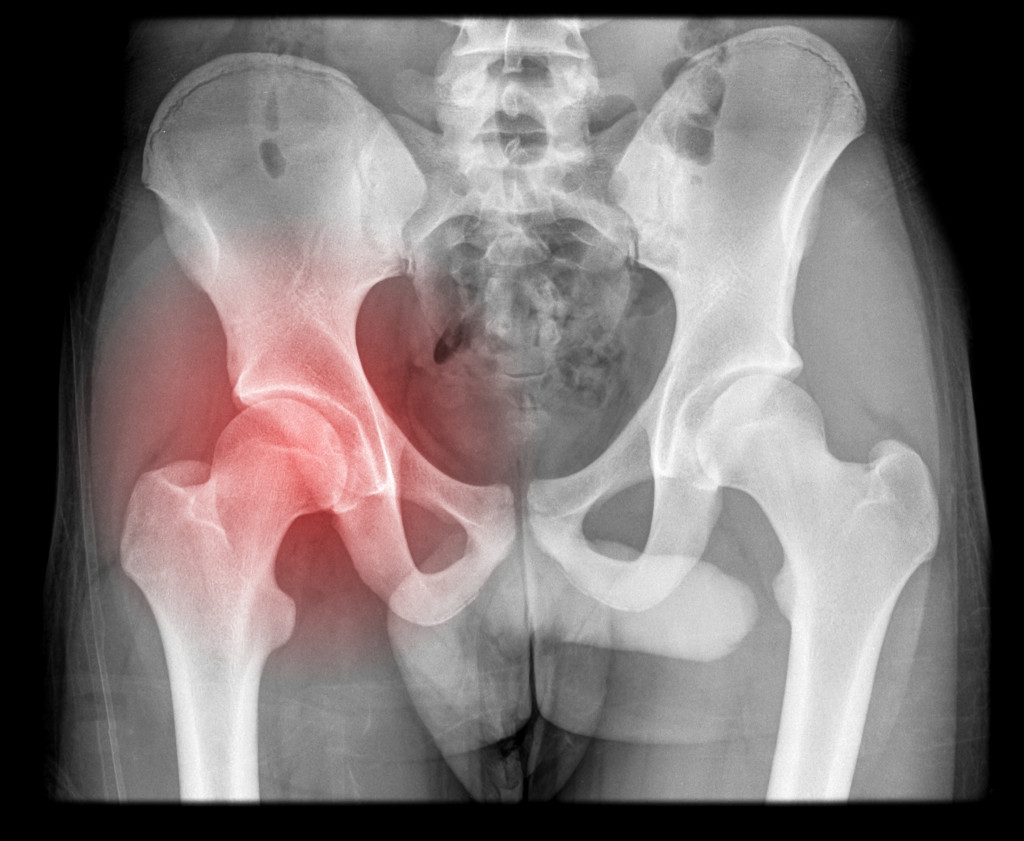- Exercise regularly to help improve joint flexibility and reduce pain and stiffness
- Maintain a healthy weight to reduce the strain on your joints
- Utilize assistive devices such as canes, crutches, walkers, gripping devices and bathroom safety equipment
- Incorporate self-care activities into your daily routine, such as meditation and yoga
- Consult a reliable hip doctor to diagnose osteoarthritis and develop an effective exercise program.
If you are living with osteoarthritis, you know the pain and stiffness it can cause in your joints. This degenerative disease can affect anyone, regardless of age or gender, making it difficult to perform even simple everyday tasks. Fortunately, there are many ways to manage your osteoarthritis symptoms, and with the right approach, you can minimize pain, increase mobility, and improve your quality of life. Here are five tips to help you manage your osteoarthritis symptoms.
1. Exercise Regularly
One of the best things you can do for osteoarthritis is to stay active. Exercise helps improve joint flexibility and strength, reducing pain and stiffness. Low-impact exercises like walking, swimming, and cycling are ideal for people with osteoarthritis, as they put less strain on your joints. Try to exercise for at least 30 minutes a day, three to five times a week. If you have trouble finding motivation or getting started, consider working with a physical therapist who can develop an exercise plan tailored to your needs.
2. Maintain a Healthy Weight

Being overweight puts extra stress on your joints, exacerbating osteoarthritis symptoms. Losing weight can help to reduce pain and improve mobility. To achieve a healthy weight, focus on eating a balanced diet rich in fruits, vegetables, lean protein, and whole grains. Avoid processed foods, sugary drinks, and high-fat foods, which can contribute to weight gain. Consider working with a registered dietitian who can help you create a personalized meal plan and provide support and guidance.
3. Use Assistive Devices
Assistive devices can make it easier to perform daily tasks and reduce joint strain. Talk to your doctor or physical therapist about what assistive devices might be helpful for you.
Here are some assistive devices you can utilize:
Canes and Crutches
Canes and crutches can help to support your weight, reducing the strain on joints such as hips, knees, and ankles. Canes are typically used when you need extra stability or balance while walking. They’re also useful for arthritis in weight-bearing joints, as they reduce the weight placed on those joints. Crutches are more supportive than canes and should be used if you can’t bear any weight on one or both legs. Be sure to follow instructions carefully when using a cane or crutch to ensure your safety.
Walkers
Walkers provide enhanced stability and balance, particularly if you have arthritis in your weight-bearing joints. They typically come with four legs and can be adjusted to fit your height. You should use a walker for additional support while standing or walking. Consult your doctor or physical therapist before using a walker to ensure proper usage and safety.
Gripping Devices
Gripping devices such as jar openers, teachers, button hooks, etc., can help make everyday tasks — like opening jars, reaching for items high up on shelves, and zipping clothing items — much easier for those with arthritis in their hands and fingers. These devices feature ergonomic handles that fit comfortably in the hand and allow for a better grip with less strain. Be sure to match the right device to the task, and practice using it before attempting it yourself.
Bathroom Safety Equipment
Bathroom safety equipment such as grab bars, shower chairs, and bath benches can help you maintain your balance while bathing or toileting. Grab bars should be mounted securely in the bathroom wall to provide stability when entering and exiting the tub/shower or toilet area. Shower chairs and bath benches provide additional support while showering or bathing, allowing you to sit down if needed. Talk to your doctor about what bathroom safety equipment suits your needs.
4. Practice Self-Care

Self-care can help to reduce stress and improve your overall health and well-being, which can, in turn, help to manage your osteoarthritis symptoms. Consider incorporating meditation, yoga, or deep breathing exercises into your daily routine. Getting enough sleep is also important, as lack of sleep can increase pain and inflammation. Take time for activities you enjoy, whether reading, watching a movie, or spending time with loved ones.
5. Consult with a Reliable Hip Doctor
Managing your osteoarthritis symptoms can be a complex process, and it’s important to have a team of healthcare professionals to help you. A reliable hip doctor can diagnose your osteoarthritis and guide the best treatment options. They can also help you understand what may be causing the pain and work with you to develop an effective exercise program. Look for a doctor who is experienced in treating osteoarthritis and takes the time to listen to your concerns and answer your questions.
In Closing
Osteoarthritis can be difficult to live with, but with the right approach, you can manage your symptoms and improve your quality of life. Remember to exercise regularly, maintain a healthy weight, use assistive devices, practice self-care, and consult a reliable hip doctor. With these strategies, you can minimize pain, increase mobility, and continue to enjoy the activities you love.

